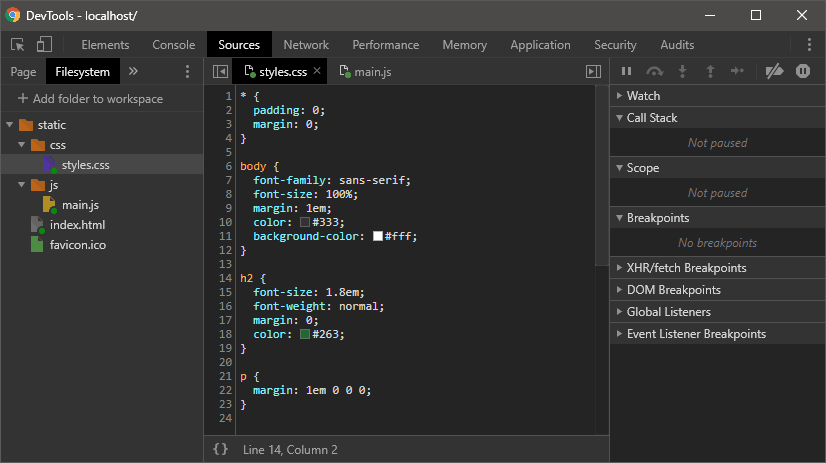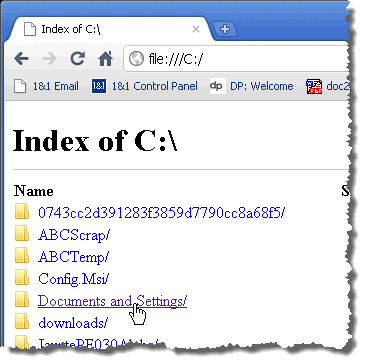

- #Opening a php file in chrome how to#
- #Opening a php file in chrome install#
- #Opening a php file in chrome code#
- #Opening a php file in chrome download#
For example, you can change `xdebug.remote_host` to your machine’s IP address if debugging from a different machine. You can adjust these settings as per your requirements. In the above example, we have enabled Xdebug and configured it to listen for remote debugging connections from the localhost on port 9000. Uncomment or add the following lines to enable Xdebug: If it doesn’t exist, you can add it at the end of the file.

To configure PHP.ini for Xdebug, follow these steps: The PHP.ini file contains various settings and configurations for PHP, including extensions like Xdebug.
#Opening a php file in chrome how to#
In the next section, we will discuss how to configure PHP.ini for Xdebug.Īfter installing Xdebug, the next step is to configure your PHP.ini file to enable and customize Xdebug’s functionality. Once you have completed these steps, Xdebug should be installed and ready to use with your PHP setup. Make sure to replace `path/to/xdebug.so` with the actual path to the Xdebug extension file you downloaded and installed. Zend_extension=path/to/xdebug.so (or xdebug.dll on Windows) Open your PHP.ini file (location can vary depending on your setup) and add the following line at the end of the file: Configure PHP to use Xdebug: After installing Xdebug, you need to configure PHP to load the Xdebug extension.For example, on Linux, you may need to compile Xdebug from source, while on Windows, you can simply copy the downloaded DLL file to your PHP extension directory. The installation process can vary depending on your operating system.
#Opening a php file in chrome install#
#Opening a php file in chrome download#
Make sure to download the version that matches your PHP version and architecture (32-bit or 64-bit). Download Xdebug: Visit the Xdebug website () and download the appropriate version of Xdebug for your PHP setup.If it’s not listed, you can proceed with the installation process. You can do this by running the command `php -m` in your terminal or command prompt and searching for `xdebug` in the list of installed modules. Check if Xdebug is already installed: Before installing Xdebug, it’s always a good idea to check if it’s already installed on your system.However, here are the general steps to follow: The installation process for Xdebug may vary depending on your operating system and PHP setup. Xdebug is an extension for PHP that provides enhanced debugging capabilities.
#Opening a php file in chrome code#
I am asking of "How do I show / run a PHP file in a browser? As if it was a webpage.To begin debugging your PHP code in Chrome, you’ll need to install and configure Xdebug. NOTE: I am not asking of "PHP code is not being executed, instead code shows on the page" as the other page is asking. If I simply change the name to the file from PHP to HTML I can open it in the browser and it looks like a HTML file with few defects since it is a PHP file after all.Īnd it is this PHP file I am specifically intrested in: The entire PHP file I got is a email function that works and looks a loot like a HTML and JavaScript file, but it is written in PHP. Or even better, if there is a way to both link and use iframe for the PHP? Is that possible? Yet the question is not based about iframe, but I do not exclude the iframe possibility too. If I can not link then maybe I can use iframe to see it in a HTML iframe. Is there a way maybe to link it to a HTML like you do with JavaScript or CSS to make it work on a web browser also after it is online how will I manage it to work? But now I downloaded it locally to my computer and I do not know how to run it on my browser. How do I run a PHP file in my browser? I know what the file is for and I know how it looks because I tested it online.


 0 kommentar(er)
0 kommentar(er)
